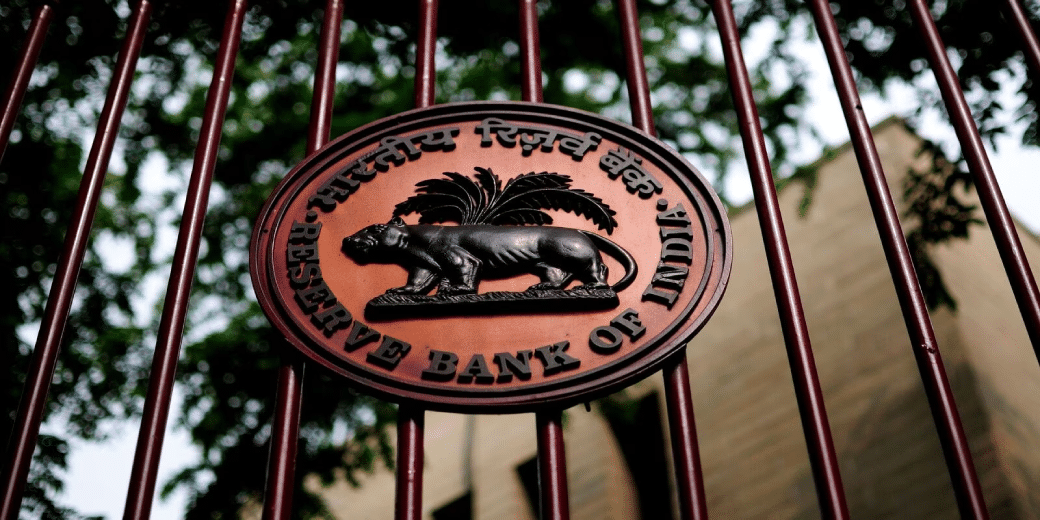Small Finance Banks urge RBI for turn into full-fledged banks
Interestingly, in its Trends and Progress report for 2022-23, the RBI has said that the consolidated balance sheet of SFBs expanded at a pace faster than scheduled commercial banks during 2022-23, notwithstanding some moderation during the year.

Small is not so beautiful if the CEOs of Small Finance Banks (SFB) are to be believed. They have recently met Reserve Bank of India officials with the plea to turn them into universal banks, since most of them have already completed the mandatory five years of operations necessary for such transition.
SFBs are mandated to retain a minimum net worth of Rs 200 crore, which is lower than other scheduled commercial banks. The core objective of SFBs is pushing the cause of inclusion. They are required to lend a minimum of 75% of their adjusted net bank credit (ANBC) to priority sectors. For scheduled commercial banks, this requirement is 40%.
One of the irritants that SFBs have been citing for years is the word “small” describing the category since it often made depositors cautious about trusting the organisation with their money. However, it did not stand in the way of giving credit.
It was in 2015 when a total of 10 banks were first issued licenses to function as small finance banks. Most of them began functioning from 2016-17.
As on March 31, 2023, a dozen SFBs were operational with a total deposit base of Rs 191,372 crore. They had total borrowings of Rs 31,170 crore and cumulative reserves and surplus of Rs 23,557 crore. Their investments amounted to Rs 58,115 crore. The total loans and advances of these dozen SFBs stood at Rs 177,887 crore. In end-June 2023, the 12 SFBs had 6,589 domestic branches across India. However, right now there are 11 SFBs since Fincare and AU Small Finance Bank have merged.
“Most small finance banks have completed five years of operations. We have requested the regulator if we can have a glide path for conversion into universal banks,” an official told the Business Standard on conditions of anonymity.
According to the report, the SFBs have urged the central bank to relax the norm of maintaining 75% advances in the priority sector.
“This will help us in reducing the cost of funds which, in turn, will reduce the cost of lending to the borrowers. So, we have asked whether there can be a glide map so that the same norms do not apply if a bank has completed say five years,” said the official. He also revealed that the glide path could be with respect to scale or vintage or a combination of both.
Significantly, from 2016, the RBI has followed that licenses for universal banks would be available on tap, but it has not granted one so far.
Interestingly, in its Trends and Progress report for 2022-23, the RBI has said that the consolidated balance sheet of SFBs expanded at a pace faster than scheduled commercial banks during 2022-23, notwithstanding some moderation during the year. Officials told the newspaper that the banking regulator is satisfied with the progress made by these banks in the last eight years.
Referring to the word ‘small’ and official told the newspaper, “We can continue with what we are mandated to do, that is catering to small customers without the small tag. This removes the ambiguity that may be there in the depositor’s mind.”
During 2022-23, the net interest income of SFBs was boosted by a sharp increase in interest income relative to interest they had to pay. The gross NPA of the SFBs had risen in 2020-21, thanks to the pandemic, but has been on a downward slope since. The asset quality improvement also resulted in a contraction of provisions and contingencies contracted in 2022-23.